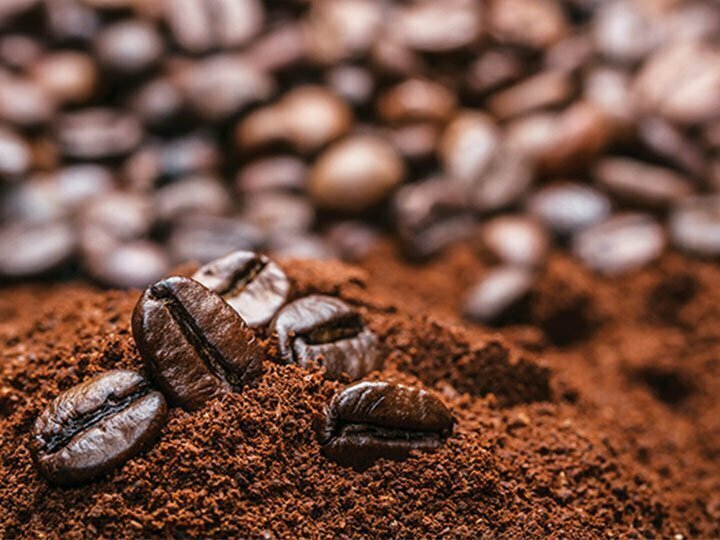Today, let’s talk about five unique coffee roasting techniques, which are five aspects: dehydration, climbing temperature, smoke exhaust, sliding and cooling.
Dehydration
Dehydration is often a crucial first step in roasting coffee. Coffee beans have a certain amount of water content. In addition, the storage conditions are different. The coffee beans may be damp. Therefore, Baking dehydration is very important. Generally speaking, dehydration refers to the baking process below 170 degrees, and it is usually best to control it for 5-8 minutes, depending on the moisture content of the beans. After the dehydration process, the moisture of the coffee beans is gradually evaporated, making the coffee richer in flavor and more mellow in taste.

Climbing temperature
Climbing temperature is a term in coffee roasting, meaning a rise in temperature. Mastering temperature is an important step in roasting coffee. The temperature rise is related to the control of firepower, too fast and too slow are not good. Generally, a suitable temperature between 7 and 14 degrees is more appropriate. Too high will destroy the bitter texture in coffee, while too low will add a bitterness to the coffee. In fact, the best climbing temperature is best controlled at about 10 degrees, and the temperature of the beans will vary slightly depending on the water content.
Hard beans and seasonal beans (more water content) have a slower climbing temperature to lengthen the dehydration time, and soft or aged beans (low moisture content) have a faster climbing temperature.
Exhaust smoke
You know, roasting coffee beans is not so simple. The bias of each step may affect the unique flavor of the coffee. However, similar to roasted sunflower seeds, coffee roasting also requires smoke exhaustion. Appropriate smoke can increase the flavor of different coffees, but too much smoke can cause the flavor of coffee to deteriorate, making the coffee tasteless natural, and even It masks the taste of the coffee itself and turns into smoked beans. Therefore, when roasting coffee beans, pay attention to the relationship between the temperature rise and the smoke exhaust. The smoke emission of roasted coffee beans begins to be obvious at 180 degrees. At this time, the damper should be fully opened to avoid the smoke smell of baked beans.
Taxiing
This is where most baking beginners ask, in fact, the sliding action is to cool down or turn off the fire and use the temperature of the boiler to continue baking beans. The coffee beans have undergone sufficient heat release after the first and second roasting process. The other roasting processes are endothermic processes of the beans. Therefore, the coffee should try to reduce the firepower as much as possible before sliding, because the beans increase in temperature. The qualitative change will occur when it is matured. Too much firepower will not only easily cause the beans to over mature, but also will easily make the beans have a spicy feeling, which is not conducive to the improvement of the later taste of coffee beans.

Cooling
Cooling is the stimulation of the last step of the coffee beans by the temperature. The main point of its operation is to quickly cool the coffee beans. After the foregoing steps are completed, the flavor of the beans is quickly locked to avoid loss. This can maintain the crispness of the beans and the healthy browning of the beans, as well as extend the shelf life of the beans. After cooling, pay attention to sealing, so as to make the coffee taste better and last longer, and the aroma of the coffee will be longer.
In the end, these five main steps may sound tedious, but in fact, the best roasting time is best controlled within 12 to 15 minutes, so as to maintain the best flavor of the coffee. Among them, the roasting time of espresso beans is relatively short, and the roasting time of Japanese-style slow-frying will be lengthened accordingly, but because of the variety and roasting time of coffee beans, different coffee beans have their own characteristics and flavors.
(The above information is provided by the coffee roaster manufacturer.)


